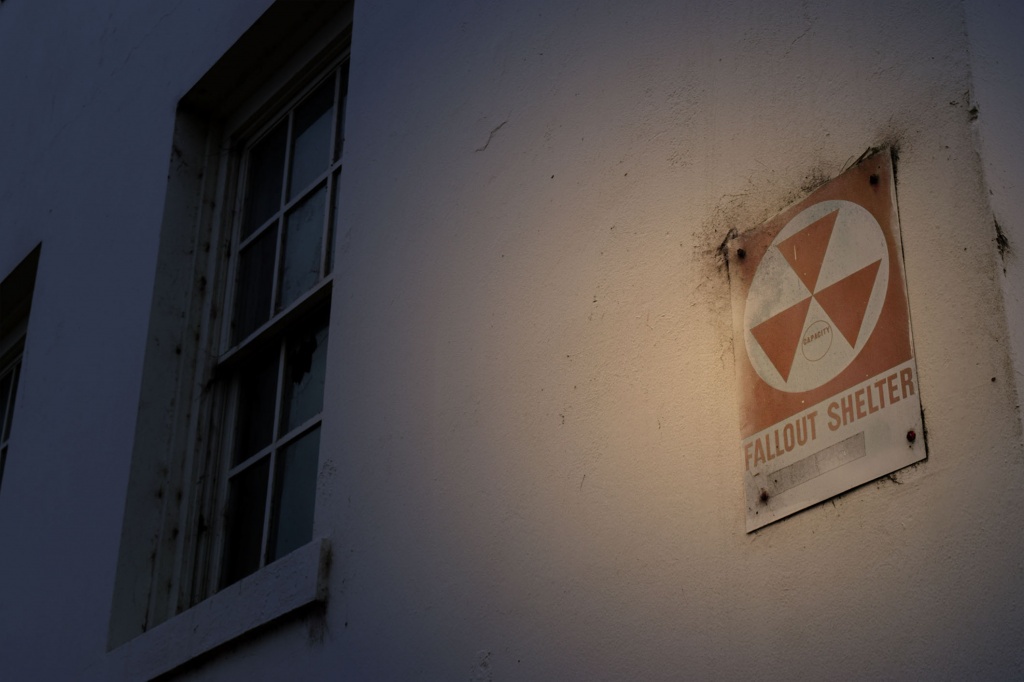News
Special report No.7 “COUNTERFORCE DILEMMAS AND THE RISK OF NUCLEAR WAR IN EAST ASIA” presented to the Project “Reducing the risk of Nuclear Weapons Use in Northeast Asia” published
2022-02-09
It is published simultaneously by RECNA-Nagasaki University, Asia Pacific Leadership Network for Nuclear Non-proliferation and Disarmament (APLN), and Nautilus Institute.

COUNTERFORCE DILEMMAS AND
THE RISK OF NUCLEAR WAR IN EAST ASIA
Ian Bowers
Prepared for the
Project on Reducing the Risk of Nuclear Weapons Use
in Northeast Asia (NU-NEA)
Co-sponsored by
The Research Center for Nuclear Weapons Abolition, Nagasaki University (RECNA),
The Nautilus Institute for Security and Sustainability, and
The Asia-Pacific Leadership Network for Nuclear Non-Proliferation and Disarmament (APLN)
with cooperation of
Panel on Peace and Security of Northeast Asia
Additional funding by the MacArthur Foundation
February 9, 2022
The discovery of new Chinese nuclear missile silos, a seemingly escalating nuclear-conventional arms competition between the Democratic People’s Republic of Korea (DPRK) and the Republic of Korea (ROK), and the announcement that Australia, in concert with the US (United States) and UK (United Kingdom), is pursuing nuclear-powered attack submarines are events that collectively indicate a worsening security environment in East Asia. Using geostrategic, operational, and technological factors as the basis for analysis, this paper contextualizes these and other developments and assesses the potential for nuclear war in East Asia in general and on the Korean Peninsula in particular.
The most dangerous threat to strategic stability is a counterforce dilemma where the conventional weapons of the US, China, and regional East Asian actors may create strategic instability by their intentional or inadvertent entanglement or use to target the nuclear forces of another state, resulting in pursuit of more secure second-strike capability by the countries of the region, and forming the heart of conventional warfighting and deterrence strategies. The many different conflictual or competitive relationships across the region make arms control initiatives unlikely to succeed, but the maritime nature of the geostrategic environment and the lack of existential threat that the United States and China pose to each other may offer fewer natural pathways to the use of nuclear weapons for either China or the United States than there were for the adversaries in the Cold War.
Keywords:
United States, China, Conventional Weapons, Arms Control, Nuclear War
Authors’ Profile:

Ian Bowers is an Associate Professor at the Centre for Joint Operations at the Royal Danish Defense College. His research focuses on deterrence, the future operational environment, sea power, and East Asian security. His research has been published in several international journals including International Security, the Journal of Strategic Studies, the Naval War College Review, and the Korean Journal of Defense Analysis. His most recent co-authored work, titled “Conventional Counterforce Dilemmas: South Korea’s Deterrence Strategy and Stability on the Korean Peninsula,” was published in International Security. Bowers has also published a monograph on the modernization of the Republic of Korea Navy, and edited volumes on sea power and military change. Bowers holds a PhD in War Studies from King’s College London.



